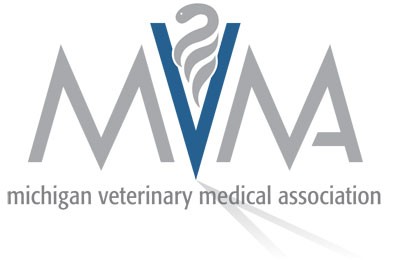- Home
- Career Opportunities
- About Us
- Services
- Resources
- Location
- Emergencies
Exclusively Cats Veterinary Hospital
(248)666-5287
ecats.vet
Feline Knees & Teeth Syndrome
The Feline Knees & Teeth Syndrome is a newly recognized pattern of developmental dental and orthopedic pathologies. Findings include combinations of persistent deciduous teeth and non-traumatic patellar fractures, as well as other developmental bony lesions. These patellar fractures (often bilateral) are typically recognized in young cats and 75% of these cats have persistent deciduous cheek teeth. Some affected cats have concurrent fractures of the tibia, femur, pelvis, and humerus1. The first case was recognized and reported in 20042. Since then, 58 additional affected cats have been identified in North America, and additional cats have been identified in the United Kingdom1,3. This syndrome is presumed to be a variation of osteogenesis imperfecta4. While surgical correction would seem reasonable, surgical failure was reported 86% of patients in a 2011 retrospective report5. This syndrome is being investigated to better understand the genetic basis for this disease. Criteria for inclusion in the study would be the presence of persistent deciduous teeth and at least one non-traumatic patellar fracture, or the presence of bilateral non-traumatic fractures. DNA will be stored at the University of Pennsylvania in the Section of Medical Genetics by Dr Margret Casal for future genome wide association study by Dr. Leslie Lyons, UC Davis in California, as soon as a sufficient number of samples have been obtained. If you are a veterinarian with a patient who meets this criteria, or a cat owner whose pet meets this criteria, please contact, please contact: bailey@ecats.vet
Steven J Bailey, DVM, DABVP (Feline) Exclusively Cats Veterinary Hospital
Margret Casal, Dr med vet, PhD, DECAR Section of Medical Genetics/Room 4018 University of Pennsylvania School of Veterinary Medicine
Leslie A. Lyons, PhD Department of Population Health & Reproduction, University of California School of Veterinary Medicine
|





